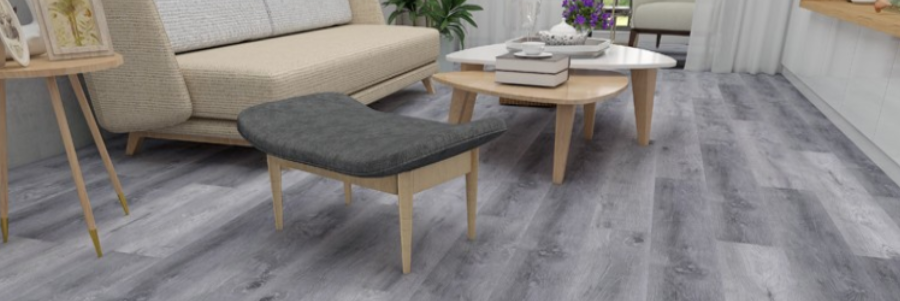News Info
- Home
- /
- News & Events
- /
- News Info

25 Nov 2022
A Comprehensive Article on the Subject of Flooring Installation.
Ensure the flatness of the ground.
Prior to embarking on the installation of a wooden floor, a fundamental preparatory measure lies in verifying the ground's flatness. This essential step is pivotal for guaranteeing both the structural integrity and aesthetic appeal of the flooring. In contemporary practice, the floating installation method—which integrates underlay and flooring—has emerged as the prevailing choice.
Upon selecting a floor, one is presented with a spectrum of thickness options, spanning from 7 millimeters to 15 millimeters. This necessitates a corresponding adjustment in the leveling height. Thus, prior to commencing construction, it is imperative to engage in timely dialogue with the construction team to establish the precise leveling height required. Such proactive coordination is instrumental in facilitating the project's seamless progression. Moreover, this strategic forethought not only upholds the caliber of the floor installation but also precludes the need for subsequent modifications and attendant nuisances, thereby ensuring a more gratifying and comfortable living environment for you.

To ensure a harmonious and safe living environment, it is crucial to understand the importance of proper ground leveling before installing a floor. This process is not merely a technical requirement but a fundamental step towards achieving a durable and aesthetically pleasing interior space.
Typically, the height allocated for leveling should correspond precisely to the combined thickness of the floor and underlay. It is also essential to ascertain the thickness of the threshold bar, a detail that can be clarified with the floor vendor. Sharing this information with the supplier of wooden doors is equally important, as it aids in correctly reserving the necessary height beneath the door.
A common query from new homeowners is whether leveling is necessary in a freshly constructed house. The answer is affirmative. The ground flatness in newly developed properties often falls short of national standards. Moreover, since most homeowners install tiles in the kitchen and bathroom, neglecting to level the ground can lead to a noticeable height discrepancy between these areas and the wooden floors in the living and dining rooms, posing a tripping hazard. To prevent such accidents, it is advisable to level the ground according to the height of the tiles.
While some might argue that the height difference between the kitchen and living room does not bother them, skipping the leveling process is not recommended. The primary purpose of leveling is to harmonize the height differences within the same room, thereby extending the floor's lifespan.

Regarding the renovation of a second-hand house, if the original ground is tiled, it is possible to lay the floor directly over the tiles, provided that the ground is measured and leveled beforehand. However, if the previous owner had already installed a floor, it must be removed, and the ground must be properly leveled according to standard procedures. Laying a new floor over the existing one is ill-advised.
The standard for ground flatness is stringent: using a 2-meter level ruler, the height difference within any 2-meter span should not exceed 3 millimeters.
It is unfortunate that some lesser-known brands or contractors, driven by cost-saving motives, may neglect measurements or have installers improvise on-site measurements and adjustments on the day of installation. Such practices often compromise the quality of the ground.
Some homeowners may find the measurement process inconvenient or prefer to save on costs, opting for a makeshift leveling job, which is inadvisable. The flatness of the ground is pivotal to the floor's performance and longevity.
Floors typically come with a one-year warranty. Should issues arise post-warranty, the expense of repairs could be substantial, not to mention the inconvenience of having to move furniture. It is far more prudent to invest in proper ground leveling from the outset.
In a subsequent article, we will delve into the specifics of the leveling operation, shedding more light on this critical pre-installation step.
Recent News


